35 Wild Animals in China [Wildlife in China]
Want to know more about the wildlife in China?
Discover 35 wild animals in China in this post, as well as interesting facts about them. 🇨🇳
Learn All About Chinese Animals
Ready to learn all about Chinese animals?
I’ve always been fascinated by animals, and by how they can be so different from one country to another. In this guide, we’ll focus on the many animals China has on the land, in the sky, and underwater.
I’ve split the guide into 4 categories:
- Native animals from China
- Endangered animals of China
- What is the national animal of China?
- How many animals native to China?
Let’s dive in right away with our first category!
Native Animals from China
China is a large Asian country located in the eastern part of the continent, below Mongolia and Russia. It is the world’s most populous country, and it spans 5 geographical time zones. It is bordered by 14 countries, which is the second most of any country in the world after Russia, and its capital city is Beijing, which counts more than 21,893,000 inhabitants.
An interesting part of the country that I wanted to tackle is its wildlife. In light of that, I have listed the best of it, and I hope you will love learning what animals live in China.
Here’s the China animals list.
1. Giant panda
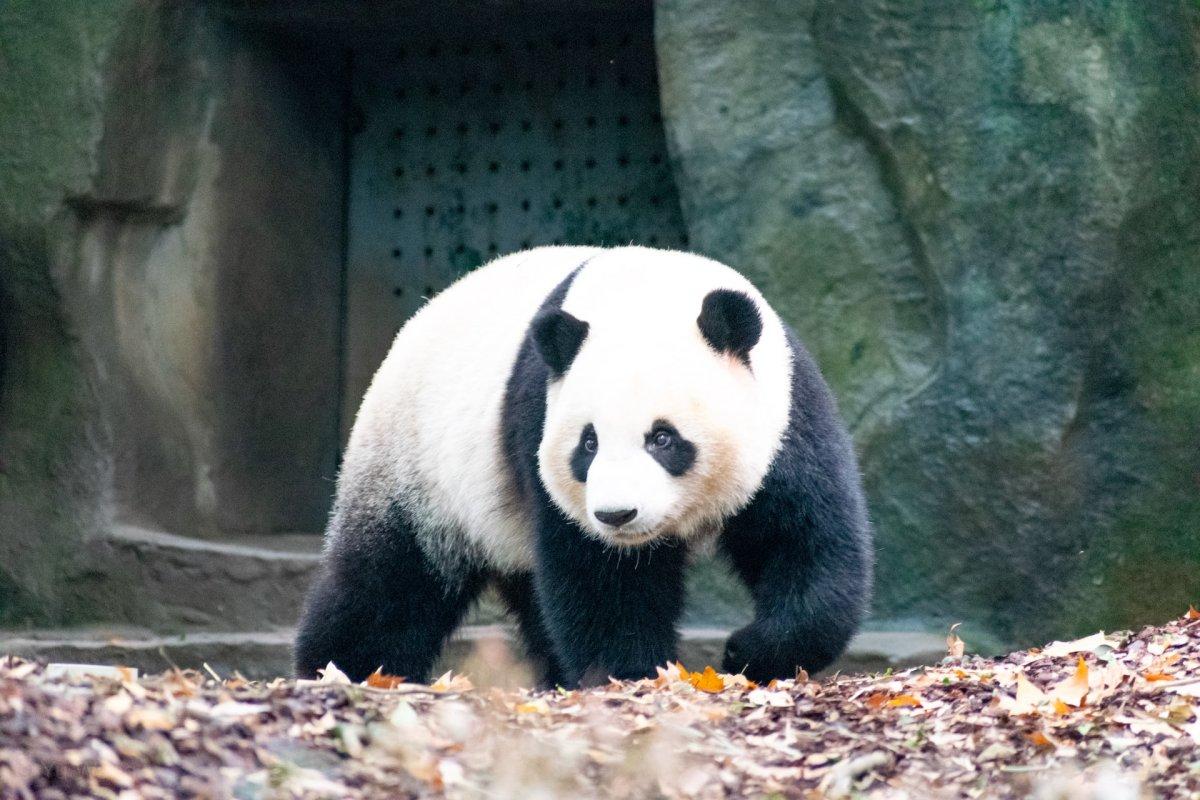
- Name: Giant panda
- Scientific name: Ailuropoda melanoleuca
- Conservation status:
The giant panda, also known as the panda bear or simply the panda, is a species of bear native to southern and central China. Not only is it the national symbol of China, but it is also one of the most famous Asian wild animals.
It almost only feeds on bamboo shoots, which represent more than 99 percent of its diet, and it lives in mountain ranges in central China.
2. Northern white-cheeked gibbon
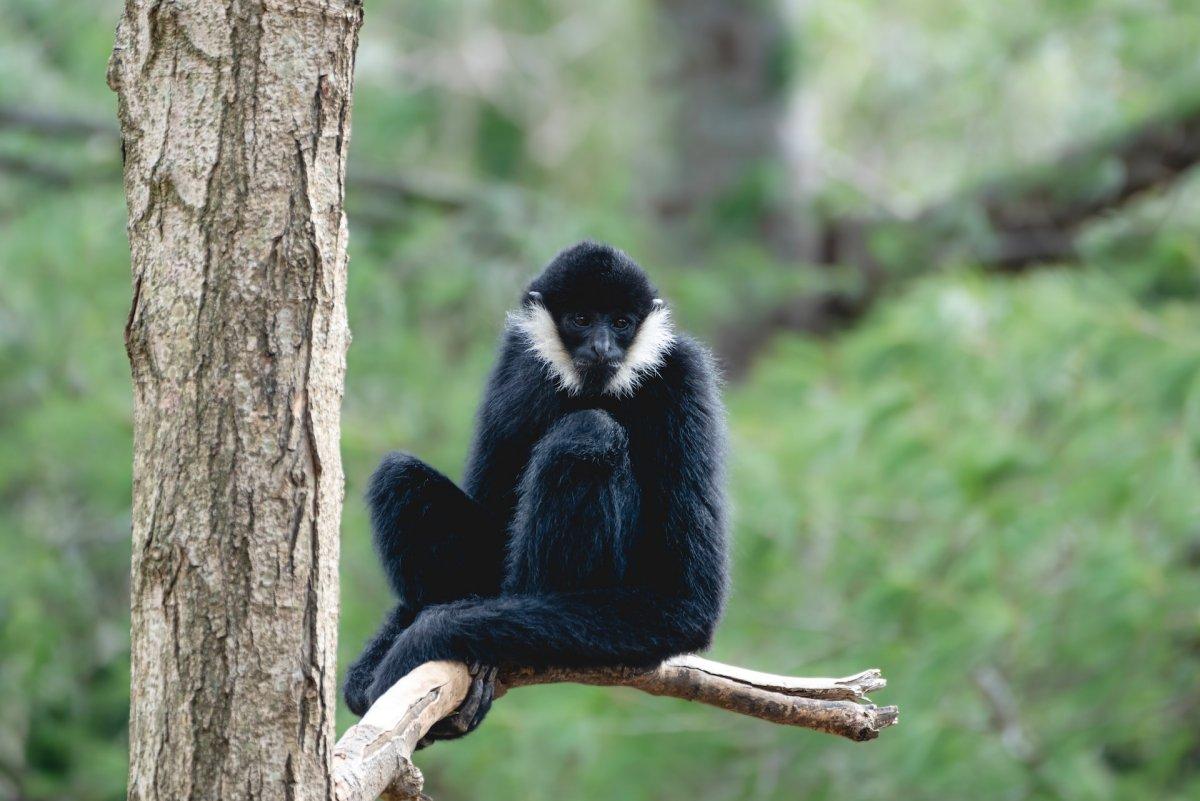
- Name: Northern white-cheeked gibbon
- Scientific name: Nomascus leucogenys
- Conservation status:
The northern white-cheeked gibbon is a species of primate native to southeastern Asia, including China. It is sexually dimorphic, with males having almost entirely white fur, while females have black fur with white cheeks.
This monkey lives in trees, and is herbivorous: it mostly eats fruits, but can also feed on small animals or insects. Despite being on the brink of extinction, conservation programs have helped its global population stabilize. Now, it is slowly on the rise.
3. South China tiger
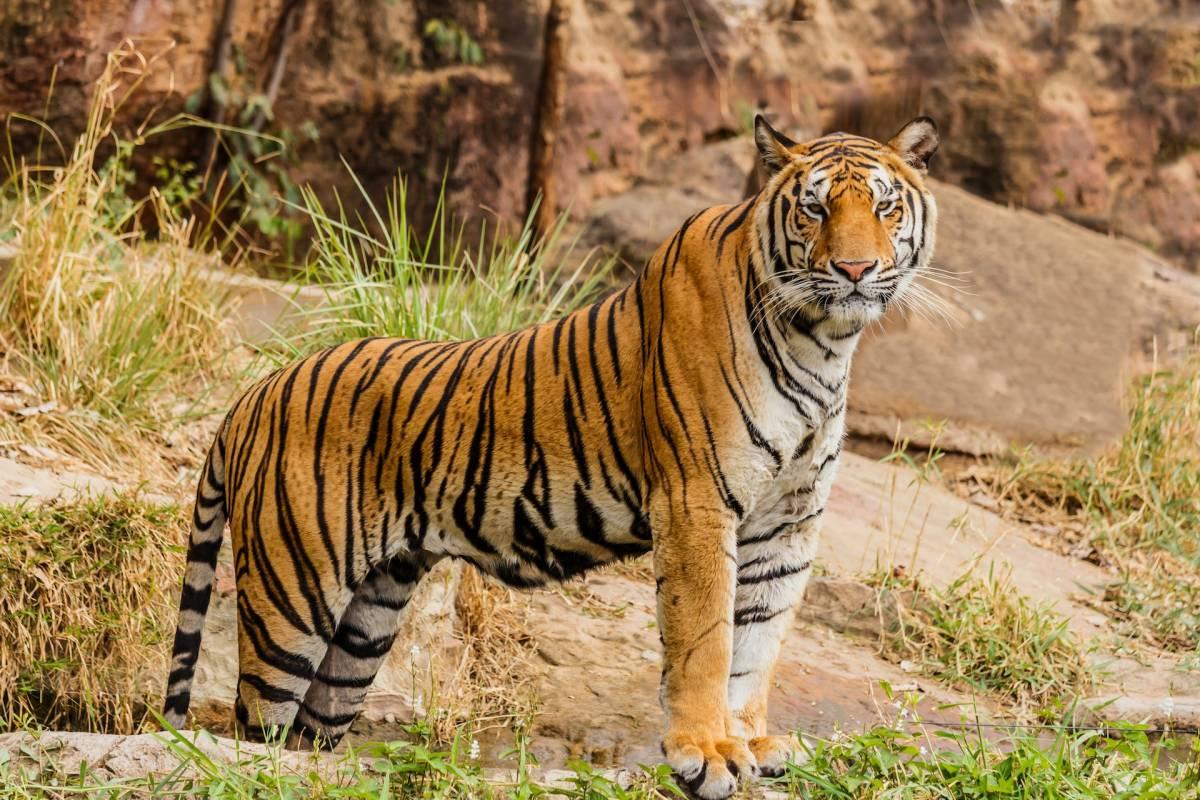
- Name: South China tiger
- Scientific name: Panthera tigris tigris
- Conservation status:
The South China tiger is a very rare species of tiger native to southern China. At the moment, it probably has very small and scattered populations in a few provinces. However, it might also already be extinct in the wild, since no animal has been seen since the end of the 1980s. A villager claimed to have seen a tiger in 2007 but all his photos were proven to be made up.
This tiger severely suffered from human pressure, including habitat fragmentation and loss and poaching.
4. Snow leopard
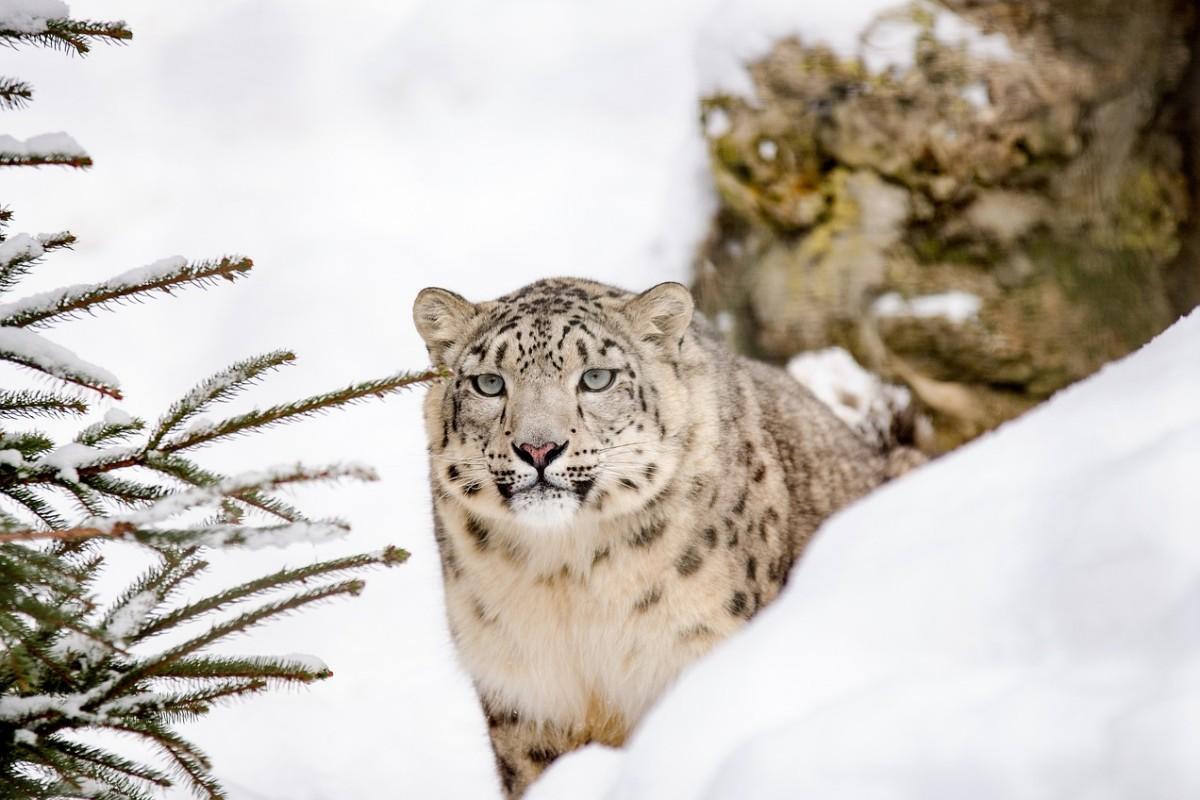
- Name: Snow leopard
- Scientific name: Panthera uncia
- Conservation status:
The snow leopard, also known as the ounce, is a species of felid native to Central and South Asia. It is severely threatened by poaching and habitat destruction due to infrastructural developments, and there are less than 10,000 mature individuals in the wild. Its population is expected to decline by 10 percent by 2040.
This leopard is solitary and active at dawn and in the afternoons. Though it is very hard to spot and elusive, it lives in mountain areas with vantage points and shade.
5. Amur leopard
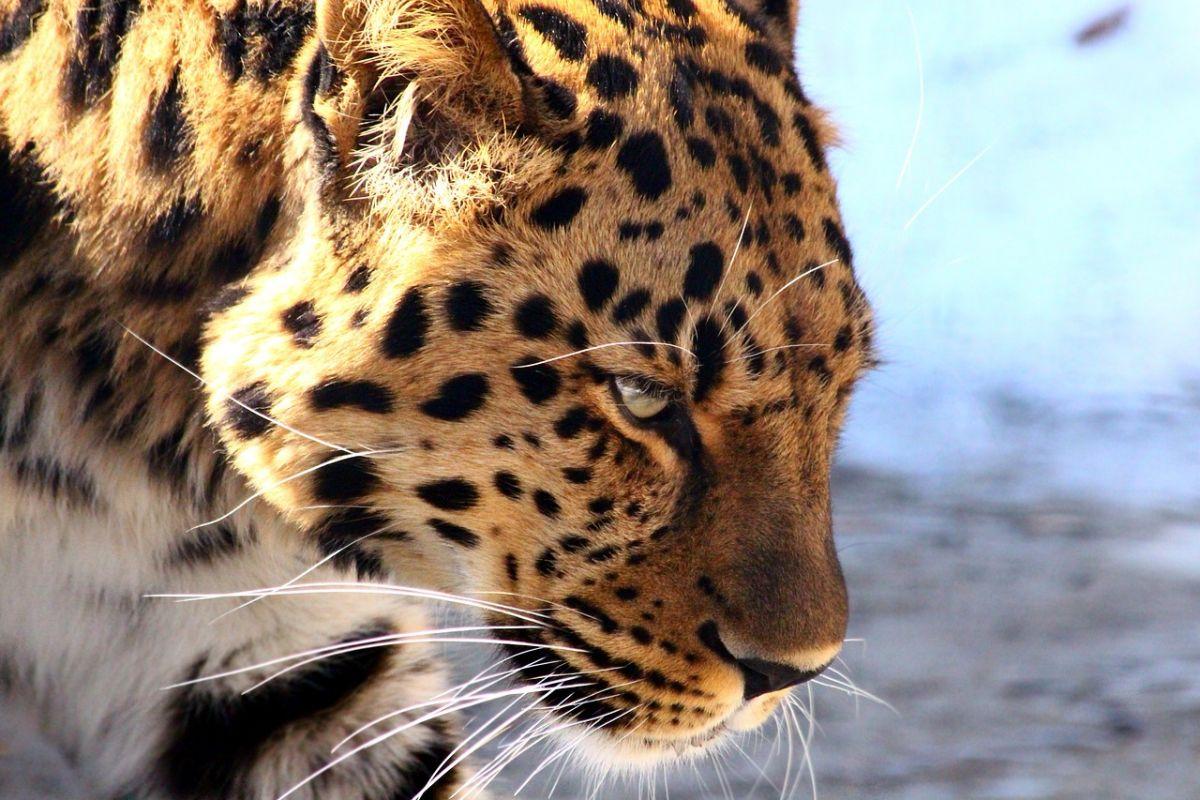
- Name: Amur leopard
- Scientific name: Panthera pardus orientalis
- Conservation status:
Related to the snow leopard, the Amur leopard is native to southeastern Russia and northern China. Sadly, it is one of the rarest cats on the planet, with about 110 wild individuals. There is hope for the Amur leopard though, as there were only 19 to 26 wild animals in 2007, and conservation efforts have worked wonders so far.
The biggest threat to the survival of these leopards is poaching. Most of the time, they are killed by local Russian villagers.
6. Sable
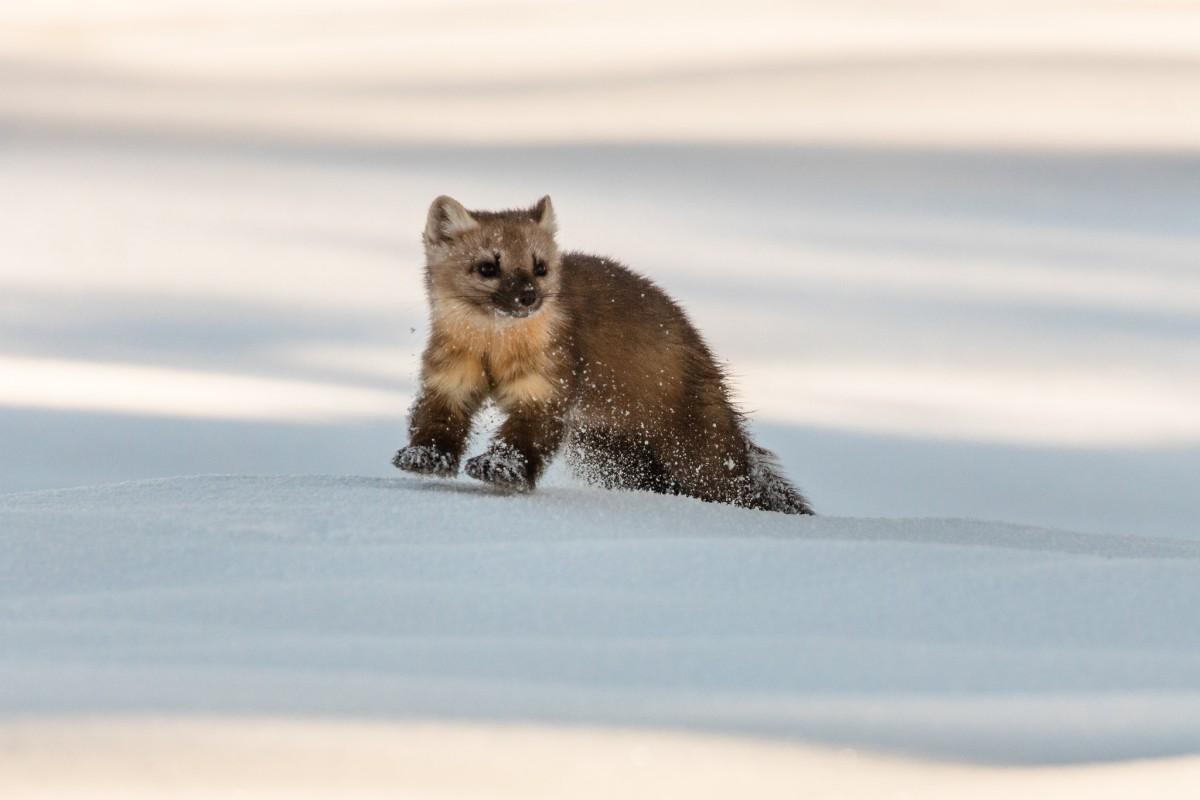
- Name: Sable
- Scientific name: Martes zibellina
- Conservation status:
The sable is a small species of marten, a mammal native to the forests of Russia, Mongolia, and China, among other countries.
Since the beginning of the Middle Ages, sable fur has always been a prized good. Out of all martens, the sable is considered to have the most beautiful fur, which is why it was commonly bought by nobles and kings: France, England, and Russia, everyone wanted to get their hands on sables.
7. Spotted seal

- Name: Spotted seal
- Scientific name: Phoca largha
- Conservation status:
The spotted seal, also known as the larga seal, is a species of seal native to the northern Pacific Ocean. It lives on ice floes and can be found in China, Japan, Russia, and Alaska.
Surprisingly enough, despite global warming majorly threatening the survival of the spotted seal, it was not assessed as endangered in 2009. Outside of that, this seal is also threatened by pollution, poaching, and marine traffic.
8. Baiji
- Name: Baiji
- Scientific name: Lipotes vexillifer
- Conservation status:
The baiji is a truly intriguing species of dolphin. It has a particularly long beak and very poor eyesight. Because of this, it heavily relies on its sonar system for navigation. This sonar system is also used for socializing, group coordination, and even expressing emotions. Though it does not see well, the baiji can reach a speed of 60 km/h / 37 mph.
Sadly, the baiji is the first dolphin species driven to extinction because of humans: there were 6,000 baiji dolphins in the 1950s and fewer than a dozen in 2000. Since then, none were seen despite intense investigations.
9. Chinese alligator
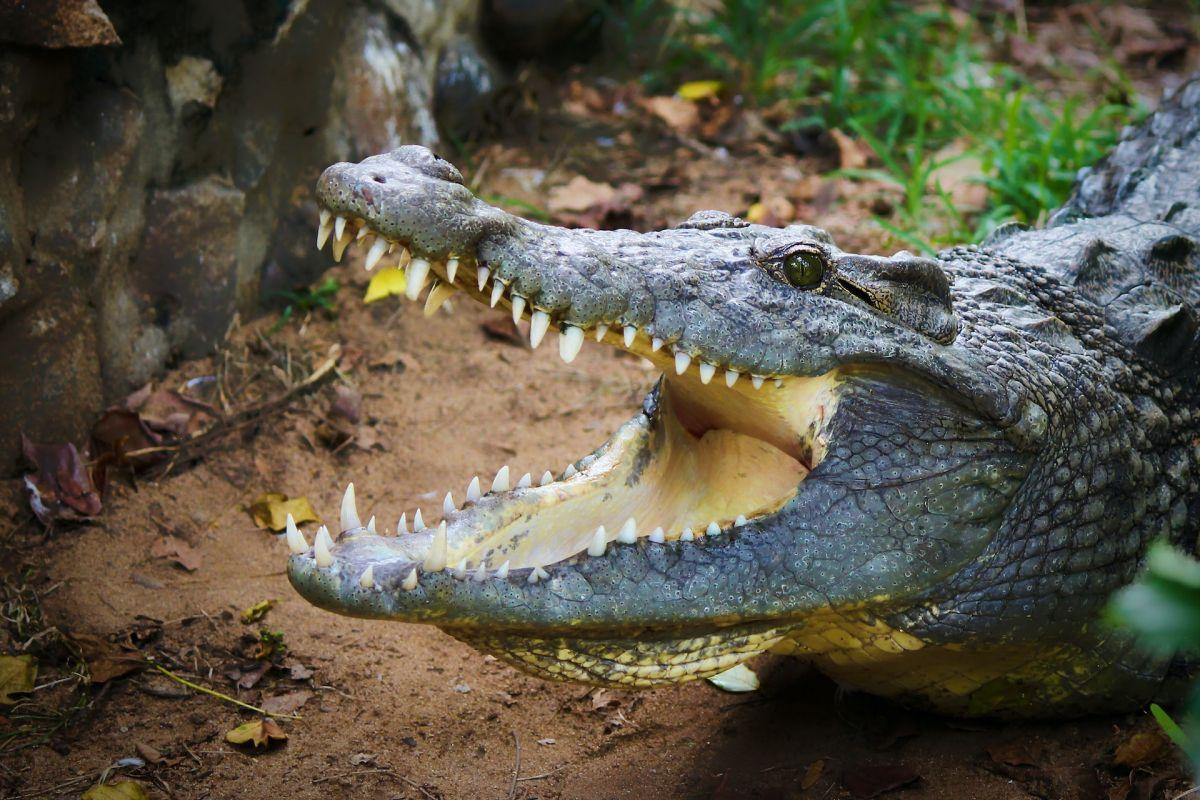
- Name: Chinese alligator
- Scientific name: Alligator sinensis
- Conservation status:
The Chinese alligator, also known as the Yangtze alligator, the muddy dragon, or the China alligator, is a species of crocodilian endemic to China. It enters dormancy in burrows during the winter, while it is active at night in the summer. Female Chinese alligators produce 20 to 30 eggs every year, which are smaller than those of any other crocodilian.
Despite being an important part of Chinese culture, often associated with the Chinese dragon, this alligator is on the brink of extinction, mostly due to habitat destruction.
10. Mamushi
- Name: Mamushi
- Scientific name: Gloydius blomhoffii
- Conservation status:
The mamushi, also known as the Japanese pit viper, the Qichun snake, the Salmusa, or the Japanese moccasin, is a species of venomous pit viper native to Japan and China. Around 2,000 to 3,000 people are bitten by mamushis every year, which requires a week of treatment in a hospital. Approximately 10 victims die annually.
This snake is an ambush predator that has a fantastic camouflage to hide in swamps, meadows, open woodland, and marshes.
11. Pygmy slow loris
- Name: Pygmy slow loris
- Scientific name: Nycticebus pygmaeus
- Conservation status:
The pygmy slow loris is a species of small nocturnal primate native to southeastern Asia: it dwells in China, Vietnam, Laos, and Cambodia. It can be found at the top of trees in many different habitats such as evergreen forests and dry forests.
Believe it or not, the bite of this slow loris is toxic, as it has glands on the inside of its elbows! Sadly, it is critically threatened by extensive burning and deforestation.
12. Indochinese leopard
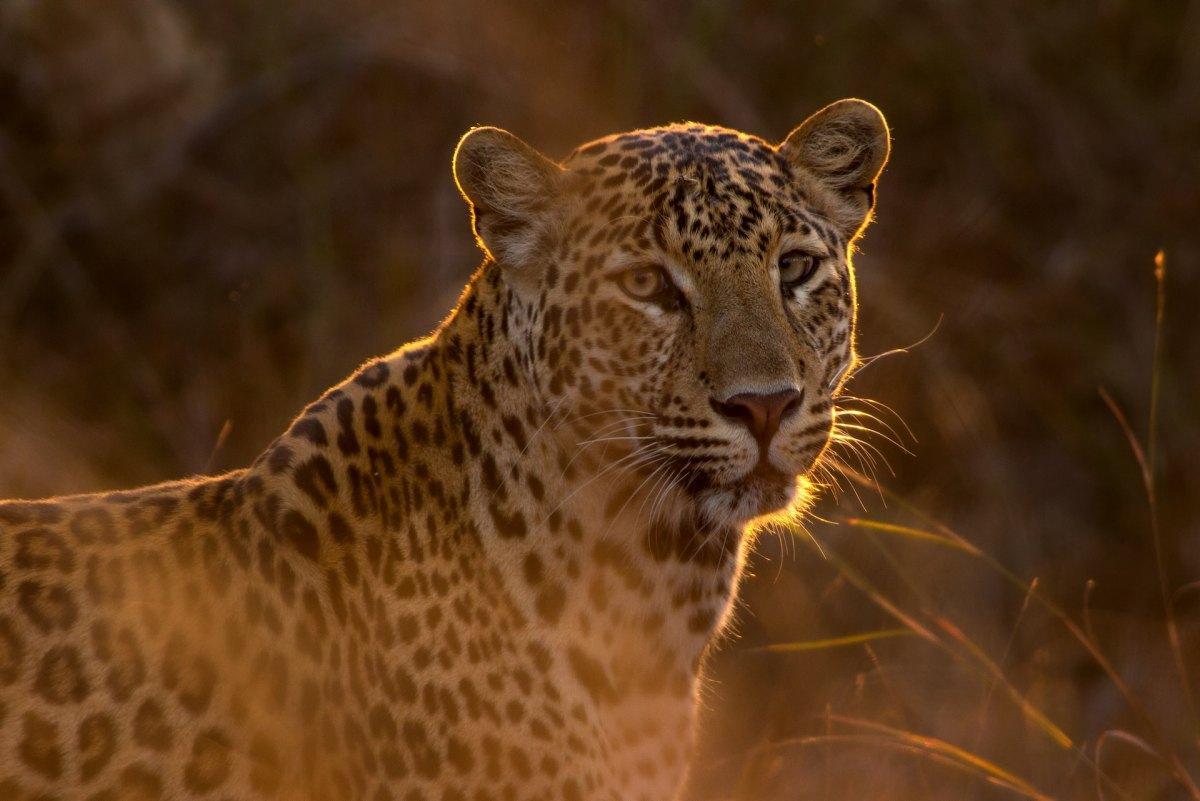
- Name: Indochinese leopard
- Scientific name: Panthera pardus delacouri
- Conservation status:
As you can see, there are many species of leopards in China.
Just like most others, the Indochinese leopard is endangered, even critically endangered. Its biggest threats are illegal wildlife trade within Myanmar, China, and Malaysia (for its skin and bones, mostly) as well as habitat destruction. Human disturbance is also a huge issue for the Indochinese leopard, since it cannot be as active as it would want to be, and cannot find as much prey as usual.
13. Asian black bear
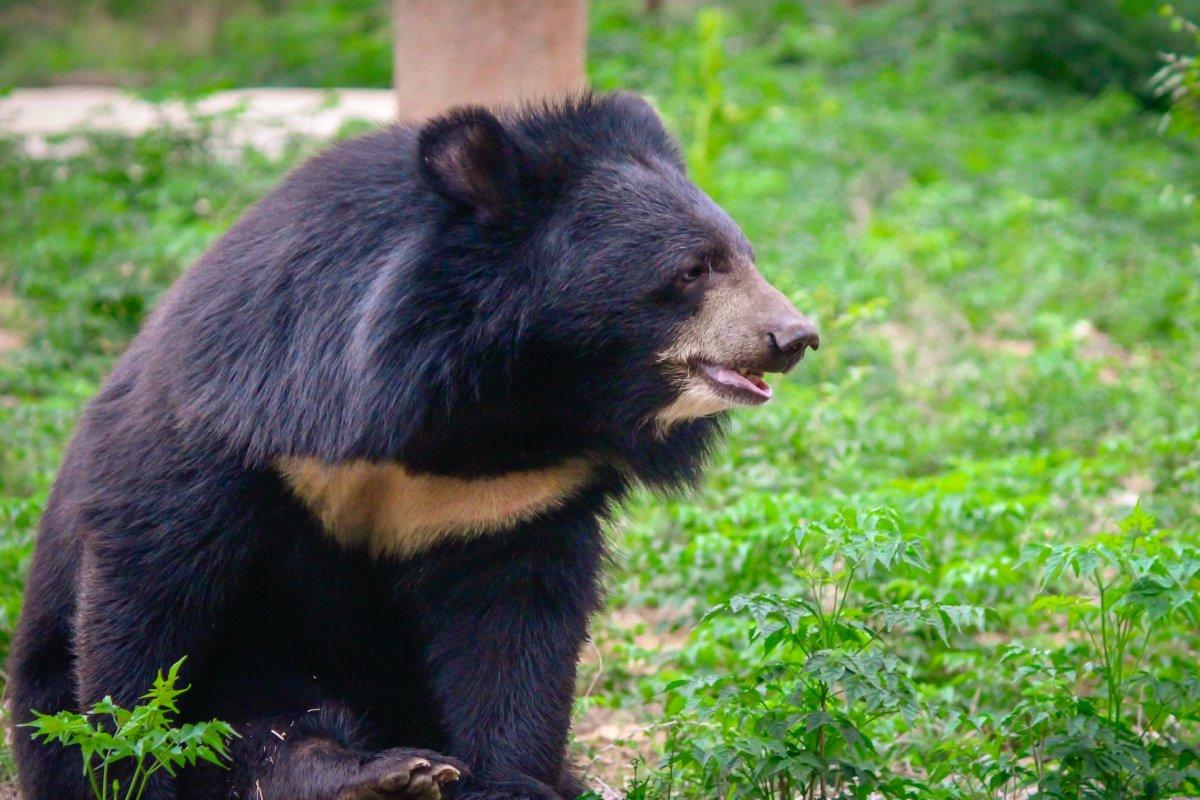
- Name: Asian black bear
- Scientific name: Ursus thibetanus
- Conservation status:
The Asian black bear, also known as the white-chested bear or the moon bear, is one of the more common subspecies of bears that can be found in China, though it is still considered vulnerable. Deforestation and human expansion are, yet again, the main threats to the survival of this species.
Just like most bears on the planet, the Asian black bear is omnivorous. It will feed on anything from insects to fruits, cherries, and grain.
14. Asian small-clawed otter

- Name: Asian small-clawed otter
- Scientific name: Aonyx cinereus
- Conservation status:
The Asian small-clawed otter, also known as the oriental small-clawed otter is a species of otter native to Southeast and South Asia. As its name suggests, it has unusually short claws. On top of that, it is also the smallest species of otter in the world, averaging a body length of 73 to 96 cm / 29.6 to 37.6 in.
This otter lives in freshwater habitats such as rivers, irrigated rice fields, estuaries, and swamps.
15. Steller sea lion

- Name: Steller sea lion
- Scientific name: Eumetopias jubatus
- Conservation status:
The Steller sea lion, also known as the northern sea lion, is a species of sea lion native to the northern Pacific. It is the largest of all-eared seals and is one of the largest pinnipeds alongside the walrus and the elephant seal.
The name comes from Georg Wilhelm Steller, a German botanist, zoologist, physician, and explorer, who first described it in 1741. This sea lion is a marine predator that eats a wide range of fish.
16. Yangtze finless porpoise
- Name: Yangtze finless porpoise
- Scientific name: Neophocaena asiaeorientalis
- Conservation status:
The Yangtze finless porpoise, also known as the narrow-ridged finless porpoise, is a species of toothed whale endemic to the Yangtze River in China. After the likely extinction of the baiji, this porpoise is the country’s only freshwater cetacean.
This porpoise is severely endangered by human traffic, which has only grown on the Yangtze River. Illegal fishing pollution, dam construction, and vessel traffic are all major threats to the Yangtze finless porpoise, also on the brink of extinction.
17. Dugong

- Name: Dugong
- Scientific name: Dugong dugon
- Conservation status:
You might have never heard of it, but the dugong is a large marine mammal. Alongside three species of manatees, it is a member of the order Sirenia. It can be found off the coast of about 40 countries of eastern Africa, the Indian subcontinent, southeastern Asia, and Australia.
For thousands of years, the dugong has been hunted for its oil and meat, and traditional hunting is still very important in some cultures, especially in the Pacific Islands and northern Australia.
18. Asian elephant
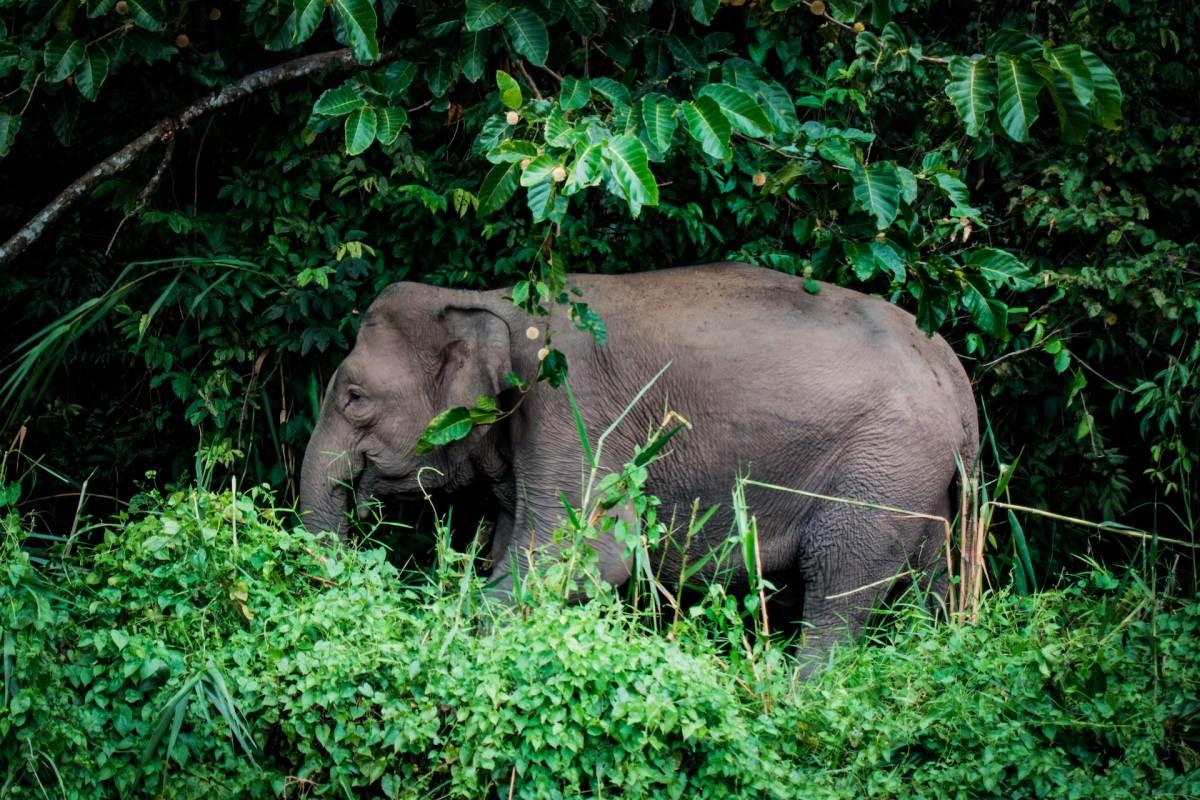
- Name: Asian elephant
- Scientific name: Elephas maximus
- Conservation status:
One of the most emblematic animals on the planet, usually immediately associated with Africa, the elephant has an Asiatic subspecies: the Asian elephant. Compared to the African forest elephant, it is much smaller but is still the largest living land animal in Asia. Along with the African bush elephant, it is one of the 3 existing species of elephant in the world.
In only 60 to 75 years, the population of the Asian elephant has declined by more than half, which is mostly due to habitat degradation and loss and poaching.
19. Sumatran rhinoceros
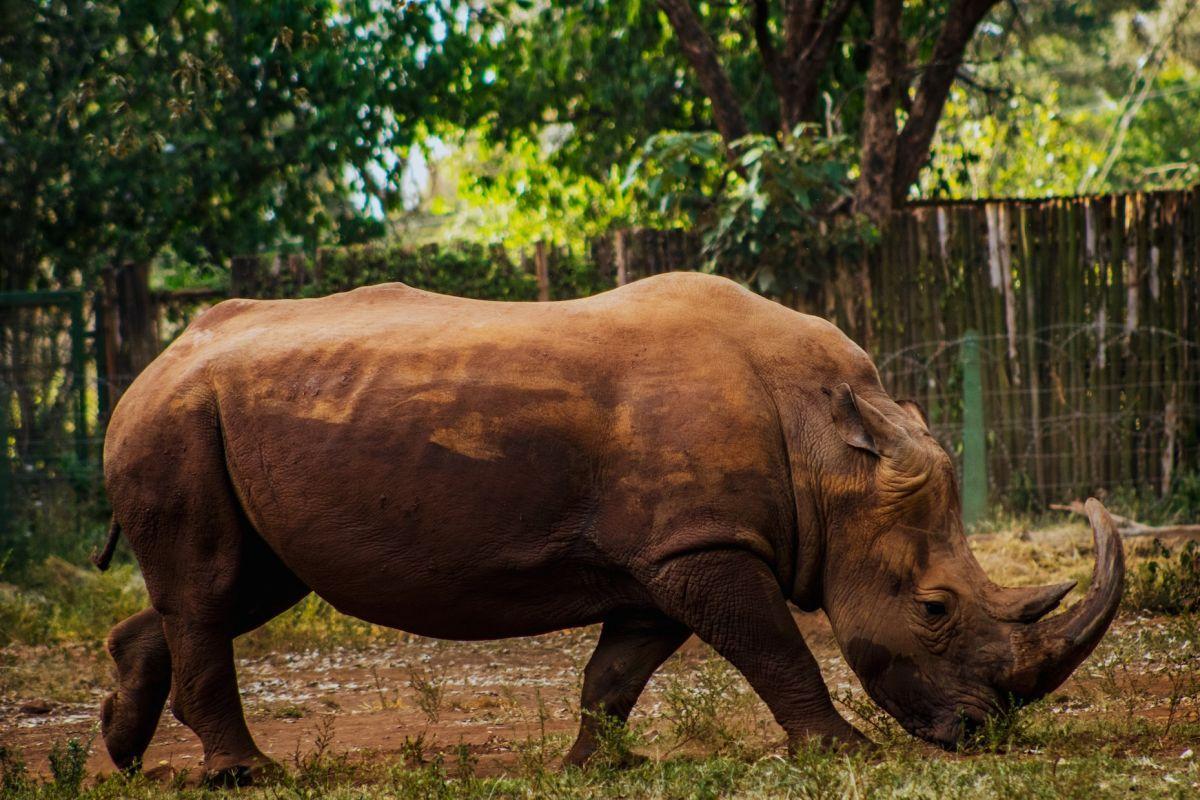
- Name: Sumatran rhinoceros
- Scientific name: Dicerorhinus sumatrensis
- Conservation status:
The Sumatran rhinoceros, also known as the Asian two-horned rhinoceros or the hairy rhinoceros, is one of five species of rhinoceros, and one of the rarest ones as well. It is also the smallest rhinoceros on the planet, standing at 112 to 145 cm / 3.67 to 4.76 ft high.
The global population of the Sumatran rhinoceros was estimated to be 30 by the WWF. It is not certain if this species still exists in China, or if it is locally extinct just like in Malaysia.
20. Przewalski’s horse
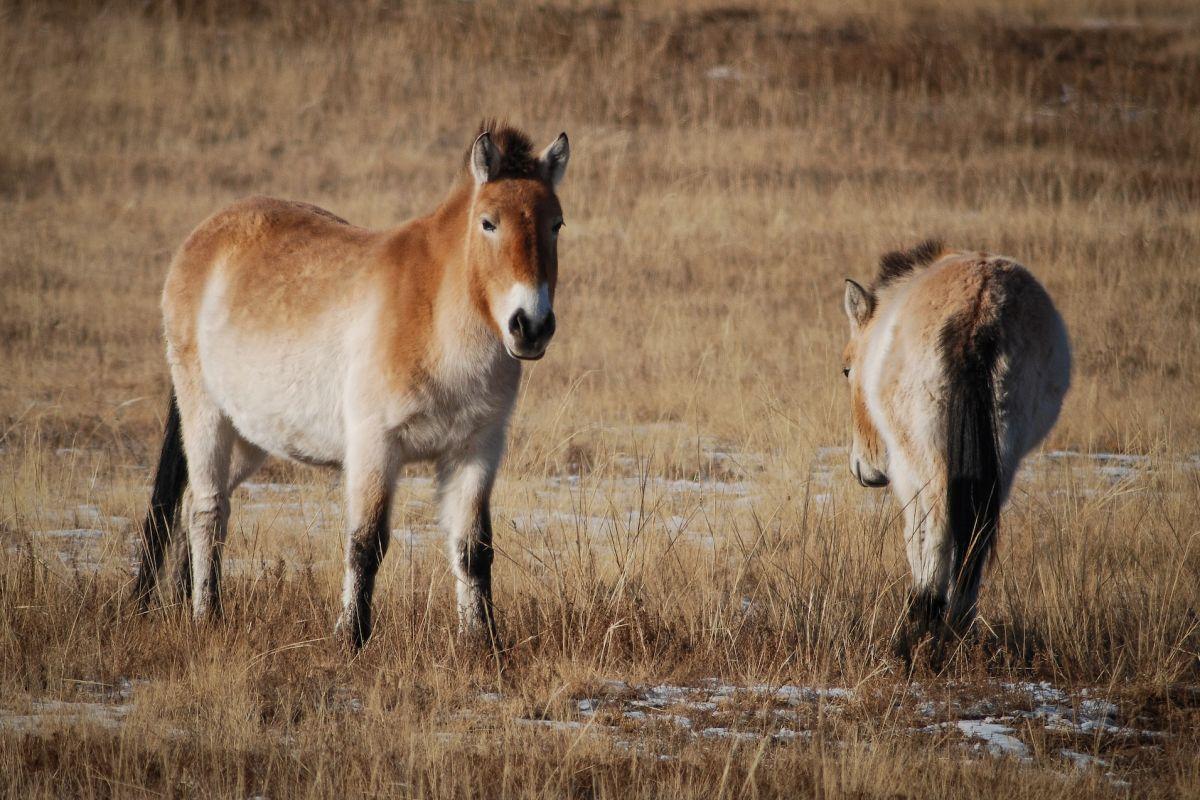
- Name: Przewalski’s horse
- Scientific name: Equus ferus przewalskii
- Conservation status:
The Przewalski’s horse, also known as the Dzungarian horse, the takhi, or the Mongolian wild horse, is a rare species of horse native to the steppes of Central Asia. Though it was extinct in the wild, it was slowly reintroduced to its native habitat in the 1990s. Now, it can be found in Mongolia and in northern China.
Compared to domestic horses, Przewalski’s horse is smaller, shorter, and stockily built.
21. Sambar deer
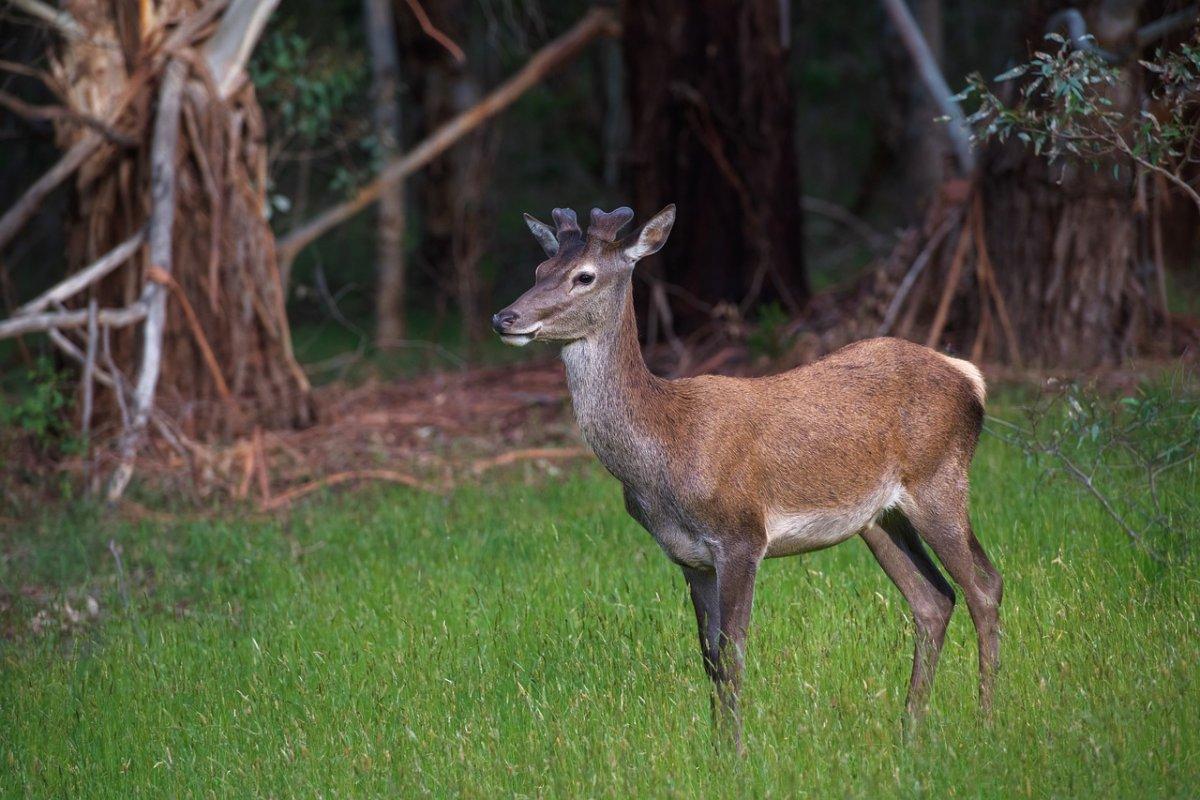
- Name: Sambar deer
- Scientific name: Rusa unicolor
- Conservation status:
The sambar deer is a large species of deer native to southern China, the Indian subcontinent, and Southeast Asia. In the past few decades, its population has suffered a drastic decline due to industrial exploitation and severe hunting.
This deer can be found in any type of dense forest, which can largely vary, due to its very wide range on the continent. It is a crepuscular or nocturnal animal, and males live solitary lives while females live in small herds of up to 16 animals.
22. Goitered gazelle
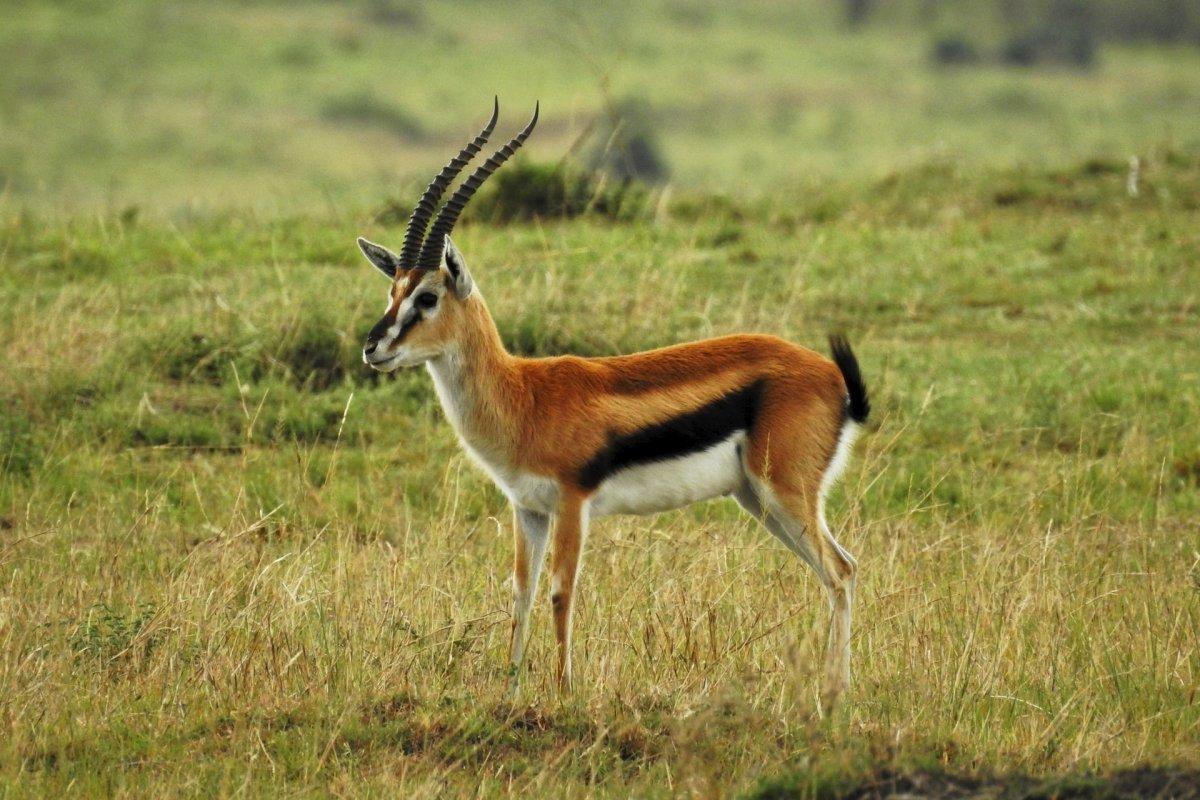
- Name: Goitered gazelle
- Scientific name: Gazella subgutturosa
- Conservation status:
You might not expect a gazelle in China, and think of it as an African animal, but that perfectly shows how wide and varied China is. Almost any habitat exists, from the dense jungle to the sunny coastline and the icy northern parts of the country, right next to Russia.
The goitered gazelle, also known as the black-tailed gazelle, gets its name from the fact that the male has an enlargement of the neck and throat during the mating season.
23. Indo-Pacific humpback dolphin
- Name: Indo-Pacific humpback dolphin
- Scientific name: Sousa chinensis
- Conservation status:
The Indo-Pacific humpback dolphin, also known as the Chinese white dolphin, is a species of humpback dolphin native to the eastern Indian Ocean and the western Pacific Ocean, hence its name. Its range goes from southeastern Asia to northern Australia.
It can usually be found in small groups of 3 to 10 individuals. As a team, they hunt with echolocation. Mature Indo-Pacific humpback dolphins come to the water surface for 20 to 30 seconds (in order to breathe) before diving again for 2 to 8 minutes.
24. Takin
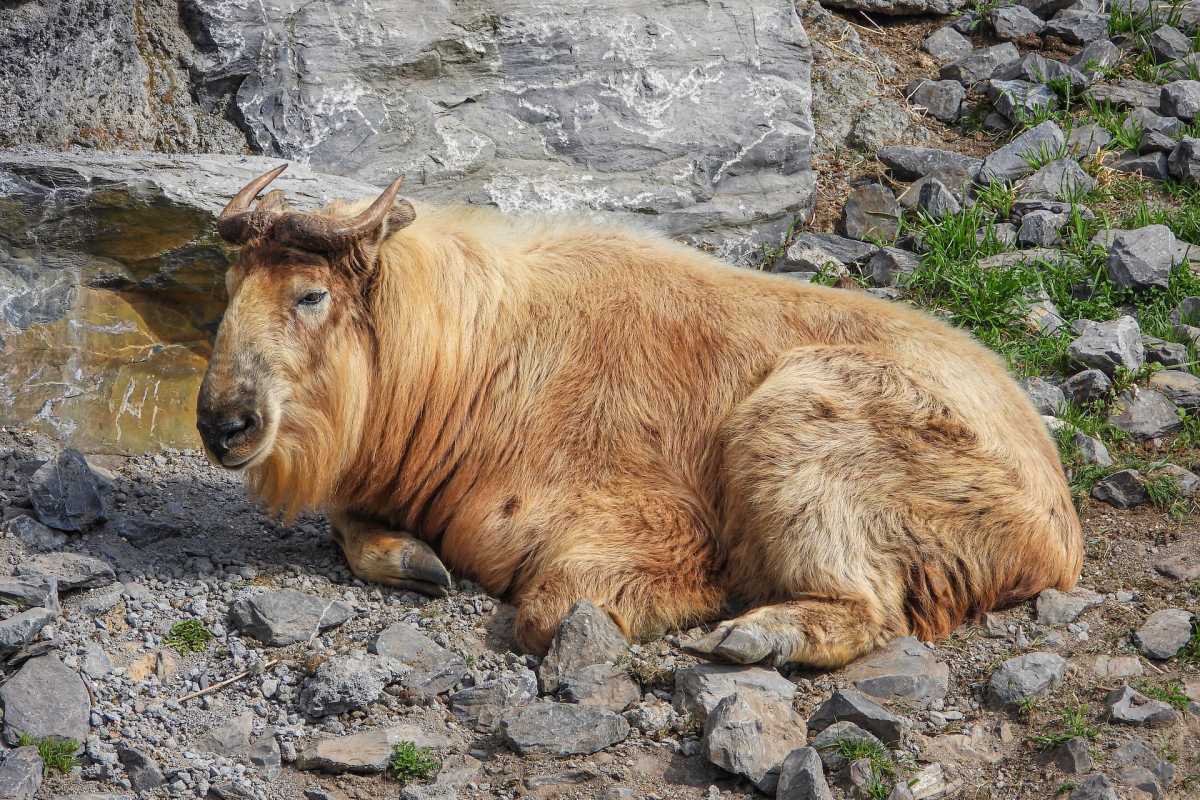
- Name: Takin
- Scientific name: Budorcas taxicolor
- Conservation status:
The takin, also known as the gnu goat or the cattle chamois, is a very peculiar species of ungulate native to the eastern Himalayas: China, Bhutan, India, and Tibet are its homes. It is one of the largest species of goat, and it has 4 subspecies, such as the Tibetan takin and the Bhutan takin.
This animal can usually be seen in groups of up to 20 individuals, but old males live solitary lives.
25. Gaur
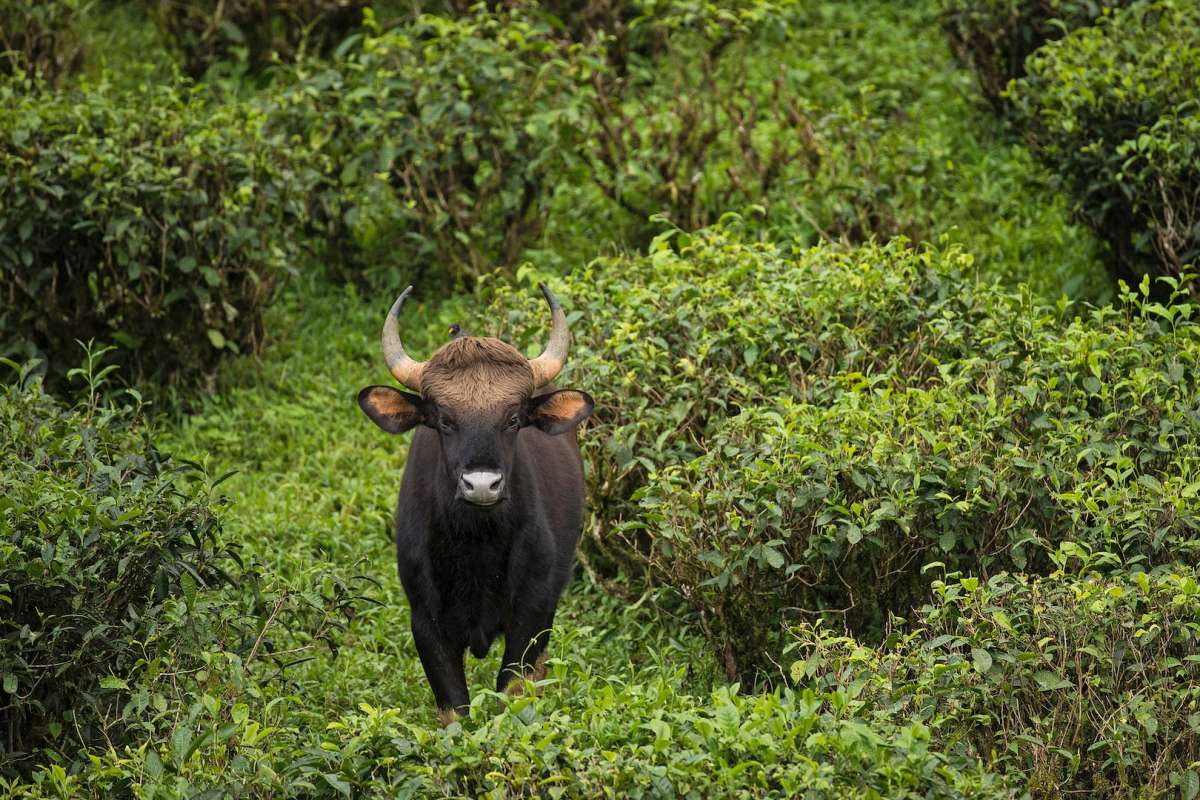
- Name: Gaur
- Scientific name: Bos gaurus
- Conservation status:
The gaur, also known as the Indian bison, is a large species of bovine native to southern and southeastern Asia.
In 2016, there were a maximum of 21,000 mature gaurs in the wild. Over the course of the past 3 generations, its population has declined by more than 70 percent, and it is extirpated from Sri Lanka and Bangladesh. However, gaur populations in protected areas are both stable and increasing.
26. Bactrian camel
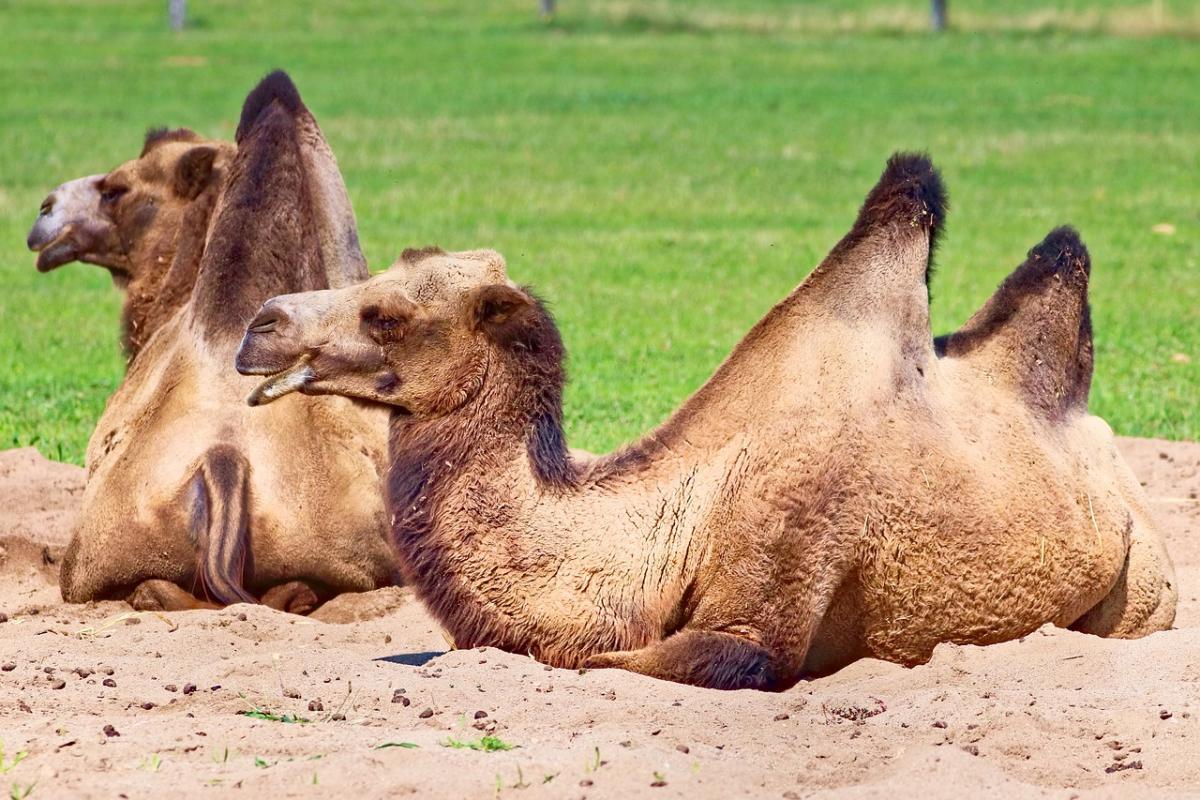
- Name: Bactrian camel
- Scientific name: Camelus bactrianus
- Conservation status:
A camel? In China? In fact, the steppes of Central Asia resemble much of Africa’s climate, which is why many animals such as the elephant, the gazelle, and even the camel can also be found in this region, which includes parts of China.
The Bactrian camel, also known as the Mongolian camel, is a large species of camel native to Central Asia. The vast majority of its population of 2 million is domesticated. Its name comes from the ancient region of Bactria.
27. Chinese pangolin
- Name: Chinese pangolin
- Scientific name: Manis pentadactyla
- Conservation status:
As a group, all species of pangolins are some of the most critically threatened animals on the planet. Obviously, the Chinese pangolin is no exception to that. This animal is native to the northern parts of southeastern Asia and southern China.
Poaching for the illegal wildlife trade and persecution (following the outbreak of the Covid-19 Pandemic in 2019) are the main reasons for the population of Chinese pangolins to have decreased by more than 80 percent in only 21 years.
28. Eurasian beaver
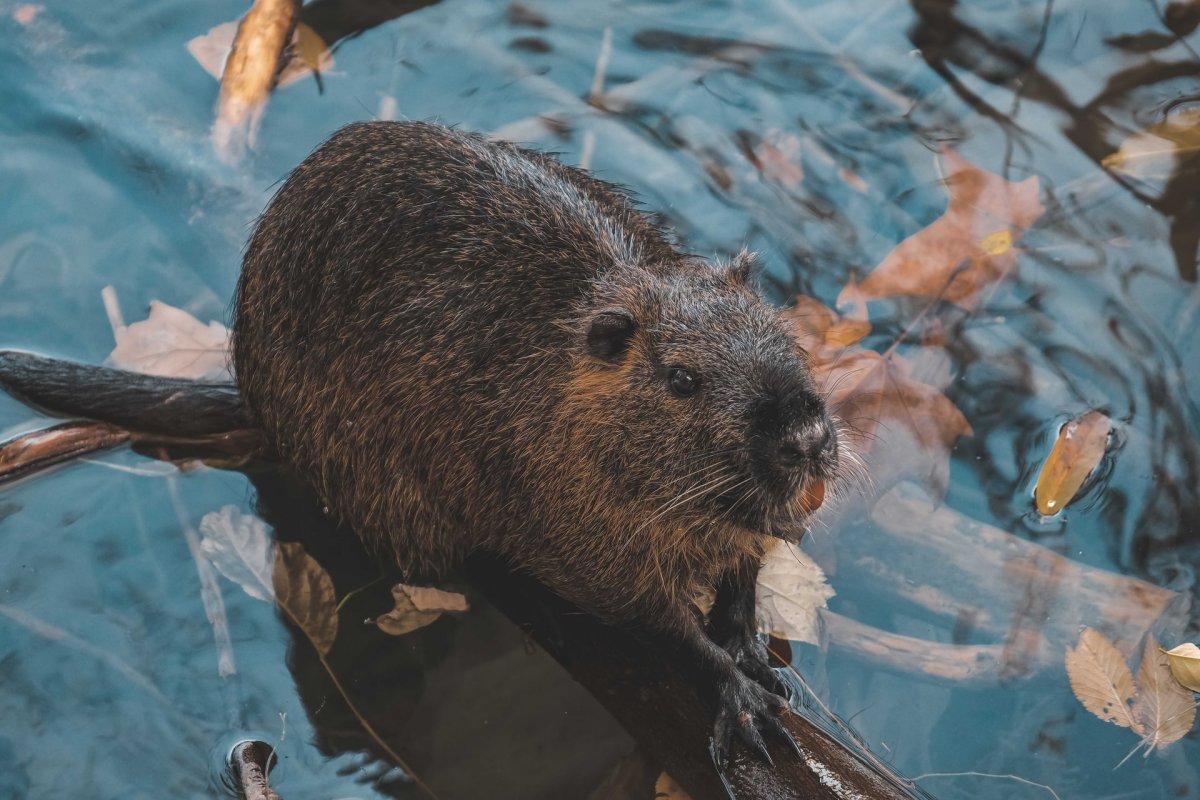
- Name: Eurasian beaver
- Scientific name: Castor fiber
- Conservation status:
The Eurasian beaver is a species of beaver that was once widespread in all Eurasia but was over-hunted to near extinction for its castoreum, a yellow fluid in the castor sacs of mature beavers used in the perfumery, cigarettes, and food, and its fur.
There were only 8 populations of Eurasian beavers at the beginning of the 20th century, representing only about 1,200 individuals. Slowly but steadily, this beaver was reintroduced to much of its former range and is now considered of least concern.
29. Siberian chipmunk

- Name: Siberian chipmunk
- Scientific name: Eutamias sibiricus
- Conservation status:
The tiniest and arguably cutest animal on this list of Chinese animals is the Siberian chipmunk. This rodent is native to northern Asia, from Russia to China, Korea, and even Japan. It was imported to Europe as a pet during the 1960s.
Believe it or not, it is a very invasive species, and it is now forbidden to transport, breed, import, release into the environment, or commercialize a Siberian chipmunk inside the European Union.
30. Yak
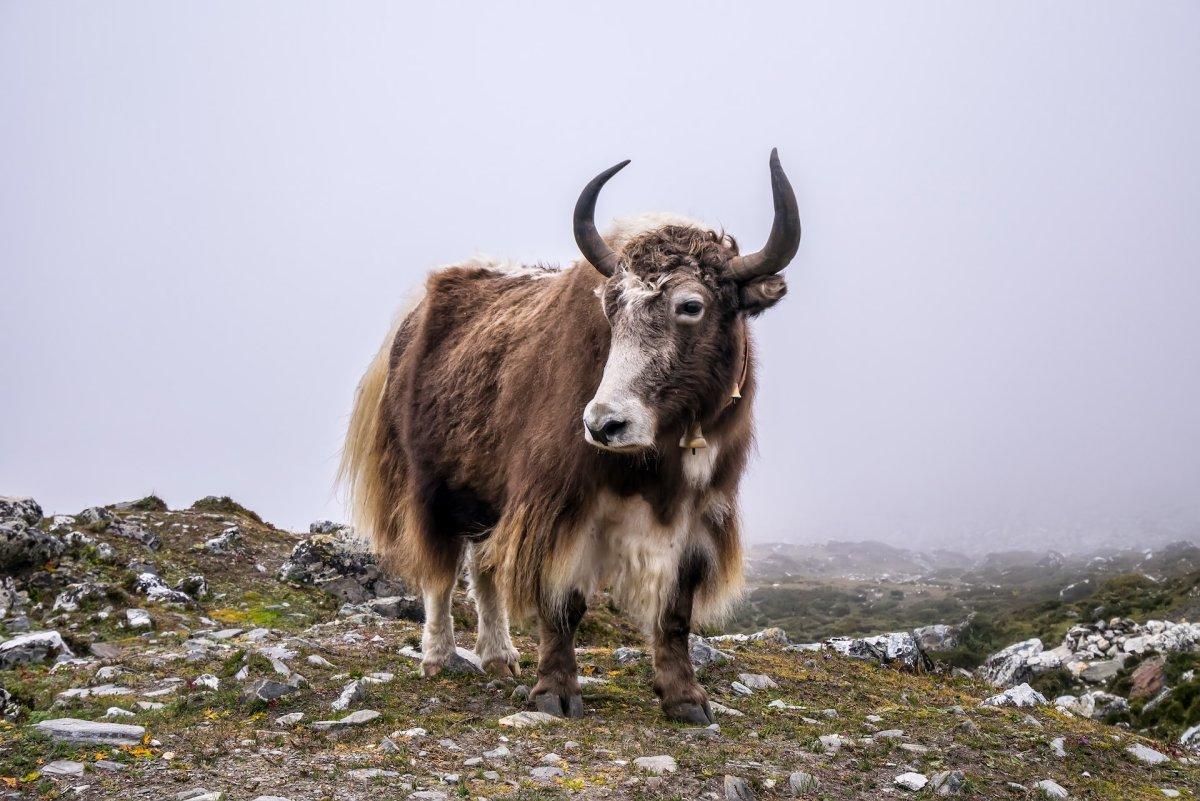
- Name: Yak
- Scientific name: Bos grunniens
- Conservation status:
The domestic yak is a long-haired species of domesticated cattle native to the Himalayan region inside the Indian subcontinent but also as far as Mongolia and Siberia. Its ancestor is the wild yak, and its name comes from Tibet.
Outside of the Himalayas, some herds can be found in Canada, the United States, Europe, and New Zealand. Interestingly enough, domestic yaks will not eat grain, and will starve unless they can feed on grass!
31. Lesser bamboo rat
- Name: Lesser bamboo rat
- Scientific name: Cannomys badius
- Conservation status:
The lesser bamboo rat is a stockily built species of rodent native to China, India, Myanmar, Nepal, Thailand, Bangladesh, Bhutan, and Cambodia. It resembles a mole and can reach a length of around 20 cm / 8 in with a long tail of 6 cm / 2 in.
Weirdly enough, it has very small ears that are completely hidden in its coat. Its fur is dense and soft. It gets its name from its habitat, bamboo groves, where it burrows.
32. Clouded leopard
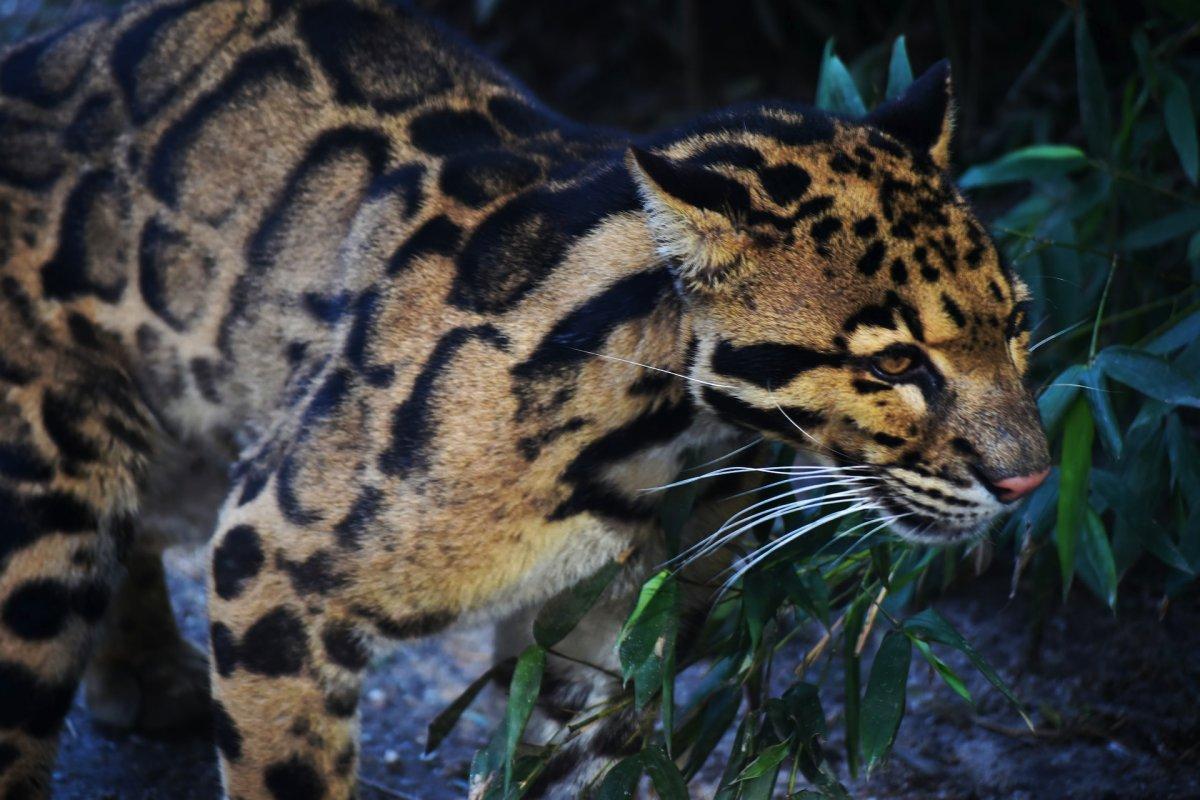
- Name: Clouded leopard
- Scientific name: Neofelis nebulosa
- Conservation status:
And you thought we were done with leopard species? China is a megadiverse country hosting many different subspecies of the same animal, as you can see.
The clouded leopard is one of the most beautiful species of leopard, with a cloud-like coat, hence its name. Despite how uniquely wonderful its coat looks, it is the main reason for its biggest threat: poaching. Skeletons, skins, and bones of clouded leopards can be found in some Chinese local markets.
33. Saiga antelope
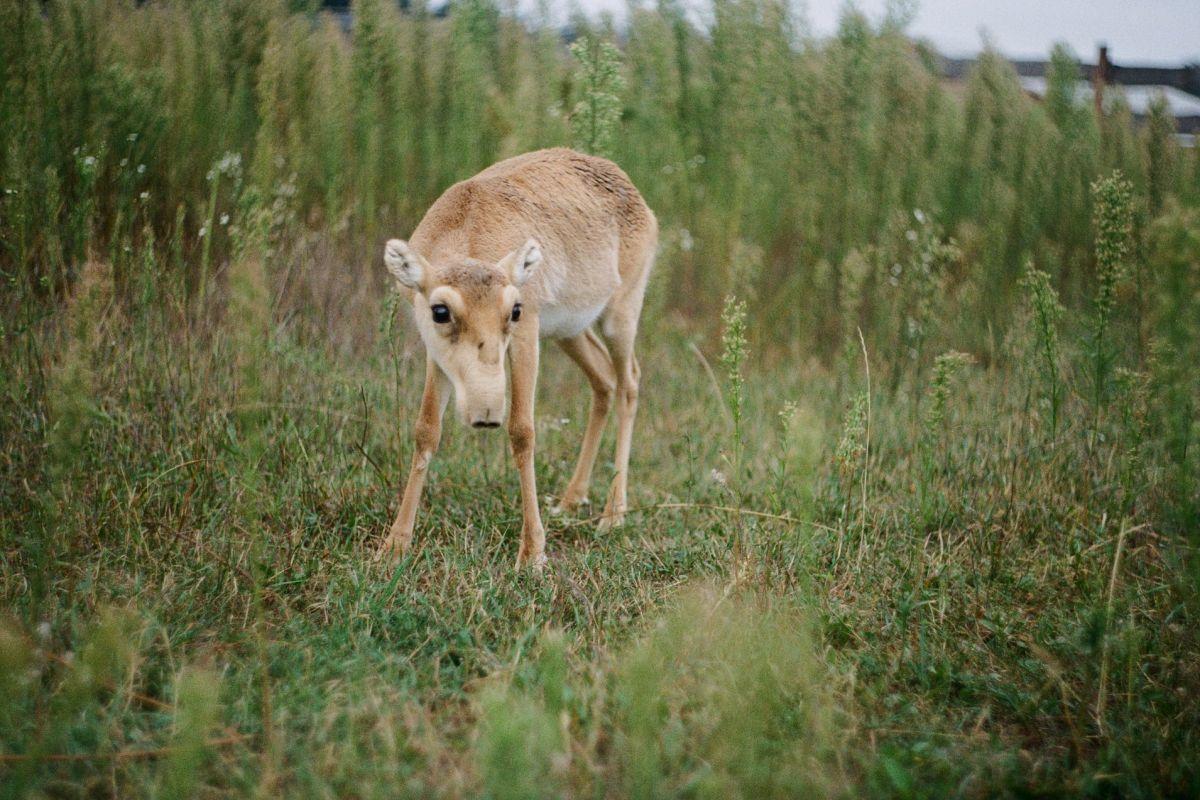
- Name: Saiga antelope
- Scientific name: Saiga tatarica
- Conservation status:
The saiga antelope, also simply called the saiga, is a peculiar species of antelope. Its characteristic feature is its bloated nostrils directed downward, making it look like a tapir hybrid.
It used to inhabit a very large area of the Eurasian steppe during antiquity, but it is now critically endangered due to hunting, agricultural expansion, and global warming, among others. Not only its meat but its fur and most importantly its horns are sold and exported from countries such as China or Kazakhstan.
34. Rhesus macaque
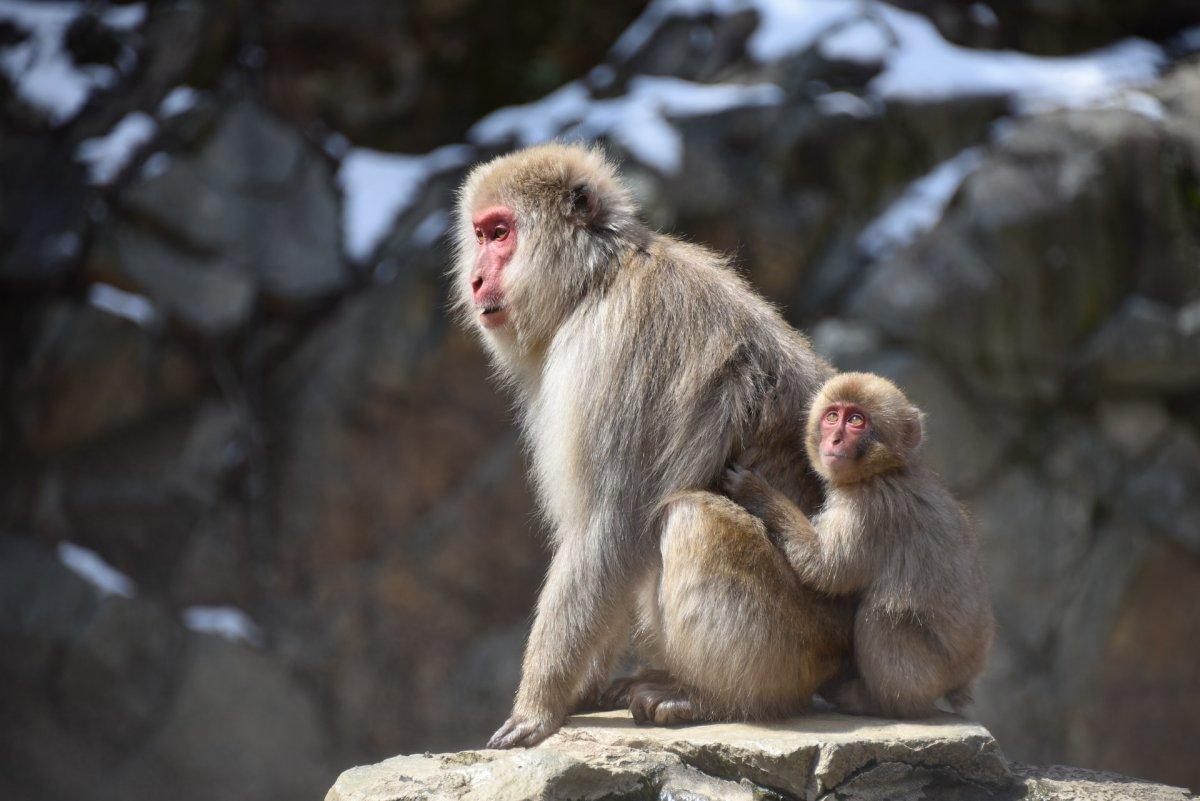
- Name: Rhesus macaque
- Scientific name: Macaca mulatta
- Conservation status:
The rhesus macaque, also known as the rhesus monkey, is a species of Old World monkey native to Central, South, and Southeast Asia. It has the largest range of all primates (outside of humans of course), living in very different habitats such as arid forests, close to human settlements, and grasslands.
This macaque is diurnal, terrestrial and arboreal. It mostly feeds on fruit and is therefore considered herbivorous. However, it will occasionally eat invertebrates.
35. Marbled cat
- Name: Marbled cat
- Scientific name: Pardofelis marmorata
- Conservation status:
The marbled cat is a small species of wild cat native to the eastern Himalayas to southeastern Asia. It lives in dense forests up to 2,500 m / 8,200 ft high. In terms of size, the marbled cat is similar to a domestic cat. However, it has an unusually long tail (which is as long as its entire body!) and rounded ears.
This wild cat is considered near threatened because of animal trapping. It is killed for its meat, bones, and skin, and also for the wildlife trade.
—
So there you have them, these were my 18 wild animals of China. I hope you enjoyed this list and that you learned something new today.
In case you want to learn more about Chinese wildlife, feel free to keep reading, as I still have lots of things to tell you about:
Endangered Animals of China
This is definitely the saddest part of the list, but it is very important to raise awareness. Because of this, let’s go through the list of endangered animals in China.
Here are the animals in danger of extinction in China.
- Père David’s deer
- Yunnan lake newt
- Cyprinus yilongensis
- Anabarilius macrolepis
- Yangtze giant softshell turtle
- Giant pangasius
- Javan rhinoceros
- Chinese sturgeon
- Black crested gibbon
- and 117 more…
- Eld’s deer
- Semirechensk salamander
- Owston’s civet
- Japanese white crucian carp
- Chinese crocodile lizard
- and 201 more…
To see the full list of endangered species in China, head over to the International Union for Conservation of Nature’s Red List.
What is the National Animal of China?
The national animal of China is the giant panda.
The giant panda, also known as the panda bear, is one of the most iconic animals in Asia. It has a round body and a black and white coat. It almost exclusively feeds on bamboo shoots.
The panda has always been considered a rare and noble animal. It was given as a gift to emperors, purchased as a pet, or hunted for its skin.
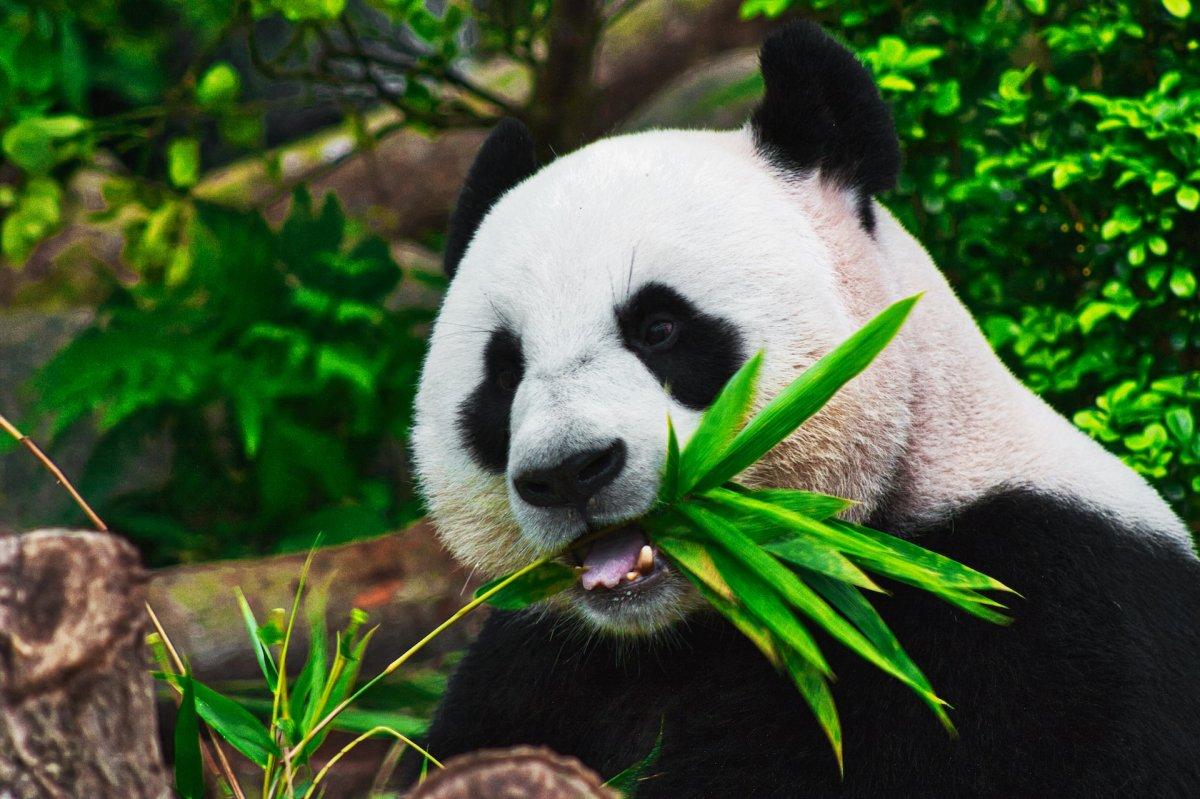
How Many Animals Native to China?
What is the diversity of native animals in China?
Let’s look at the total number of species of Chordata (mammals, birds, fishes, and reptiles).
Total number of animal species in China: 5,195 (7,035 in total in East Asia)
More About Animals in the World!
Loved these China animal facts? Want to see what animals live in other countries?
Then check out these posts:
Or click here to see ALL the facts up on the blog! Spoiler alert: there’s A LOT of them.
Share the knowledge! Click on the buttons below to share information about these famous animals in China with your friends, and help them learn more about the world 🙂
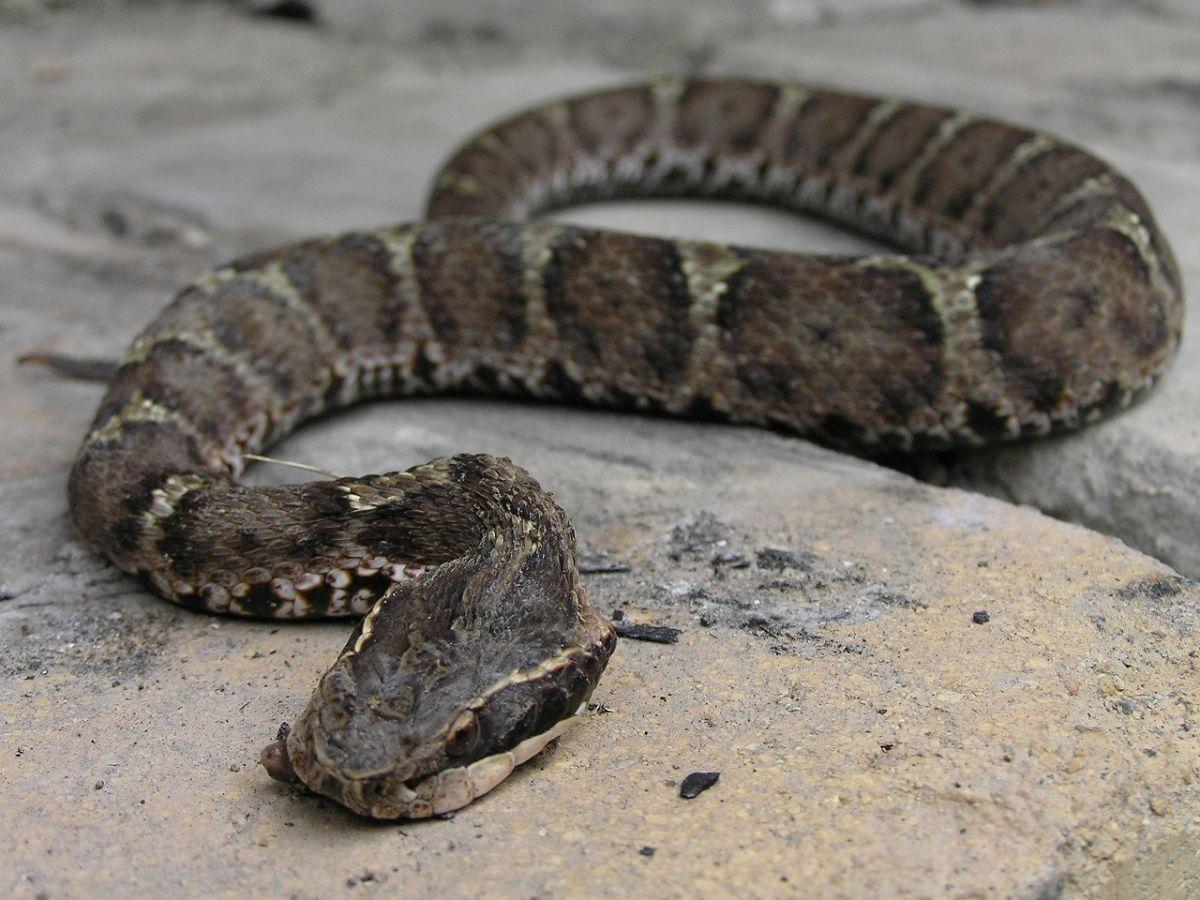
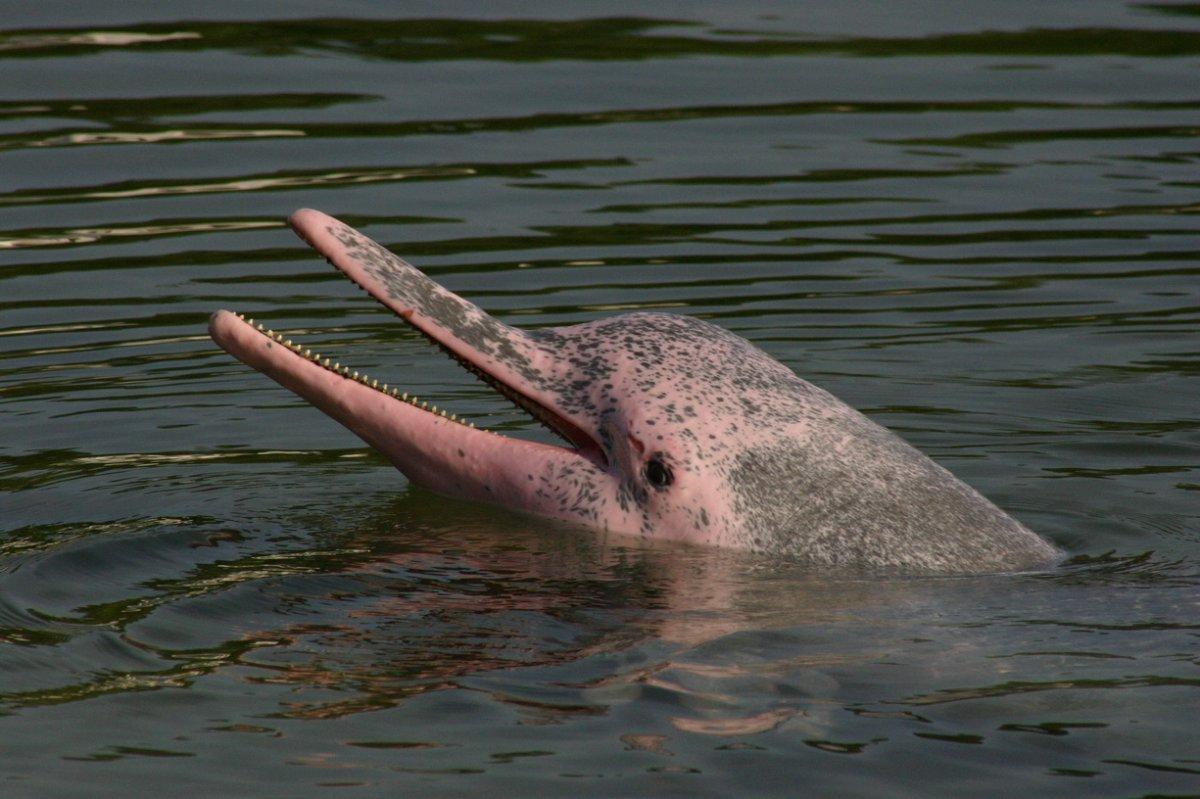
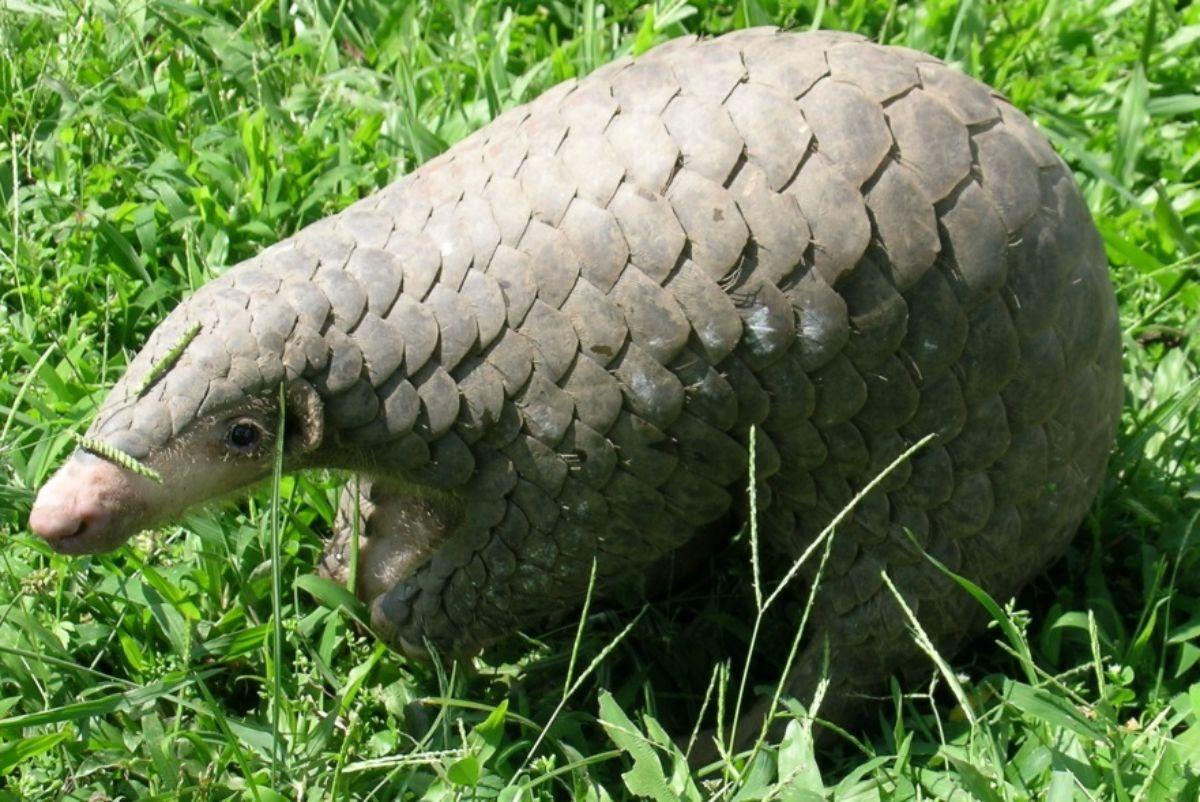

![27 Wild Animals in Papua New Guinea [Wildlife in Papua New Guinea]](https://www.kevmrc.com/wp-content/uploads/2023/01/27-wild-animals-in-papua-new-guinea.jpg)
![18 Wild Animals in Myanmar [Wildlife in Myanmar]](https://www.kevmrc.com/wp-content/uploads/2022/12/18-wild-animals-in-myanmar.jpg)
![10 Wild Animals in Lesotho [Wildlife in Lesotho]](https://www.kevmrc.com/wp-content/uploads/2022/12/10-wild-animals-in-lesotho.jpg)